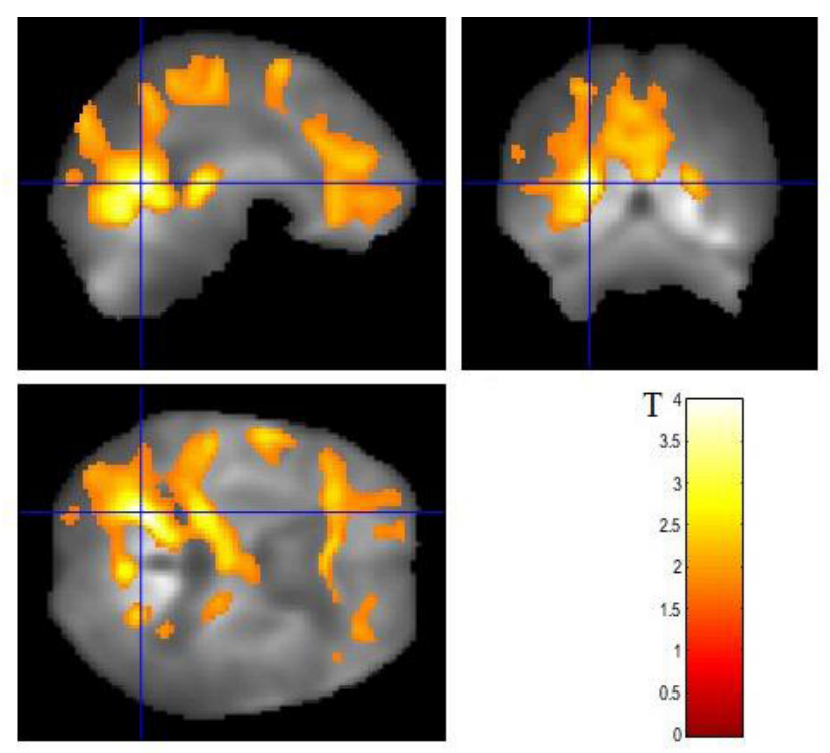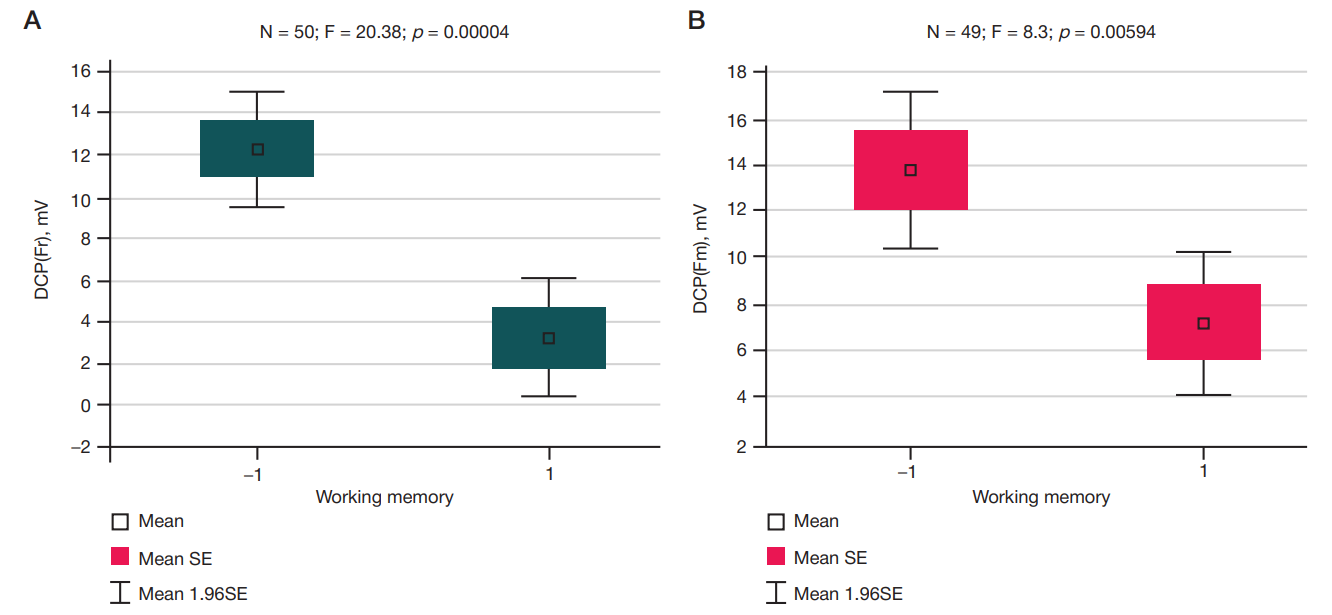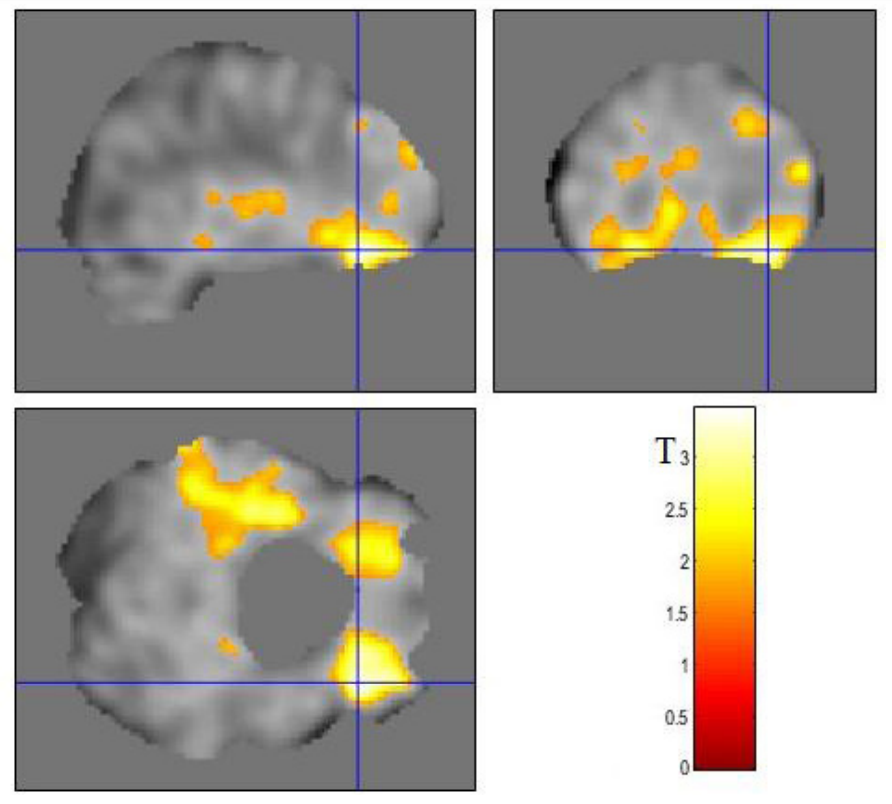
This article is an open access article distributed under the terms and conditions of the Creative Commons Attribution license (CC BY).
ORIGINAL RESEARCH
Neuroimaging approach to identification of working memory biomarkers in patients with chronic cerebral ischemia
Research Center of Neurology, Moscow, Russia
Correspondence should be addressed: Vitaly F. Fokin
Volokolamskoye shosse 80, Moscow, 125367, Russia; ur.liam@fvf
Funding: the study was supported by the RSF grant (No. 22-15-00448).
Author contribution: Fokin VF — manuscript writing; Ponomareva NV — design of physiological and neuropsychological tests, general study design; Konovalov RN — neuroimaging test design; Medvedev RB — Doppler tests; Boravova AI — psychophysiological tests; Lagoda OV — clinical tests; Krotenkova MV — neuroimaging test management; Tanashyan MM — clinical test management, general study design.
Compliance with ethical standards: the study was approved by the Ethics Committee of the Research Center of Neurology (protocol No. 5-6/22 dated 1 June 2022). The informed consent was submitted by all study participants.





